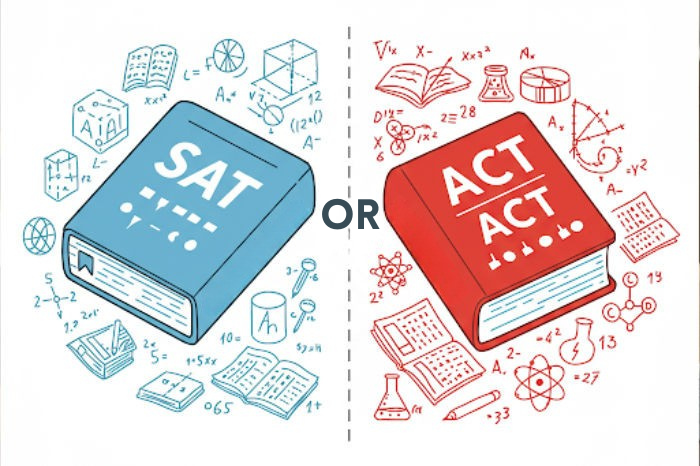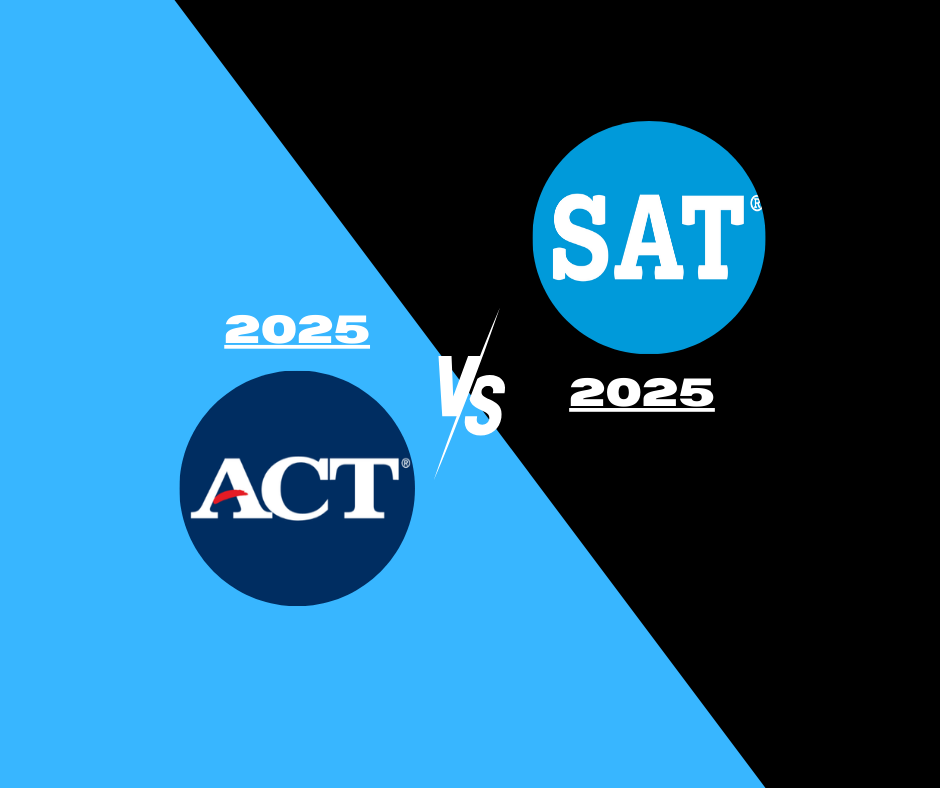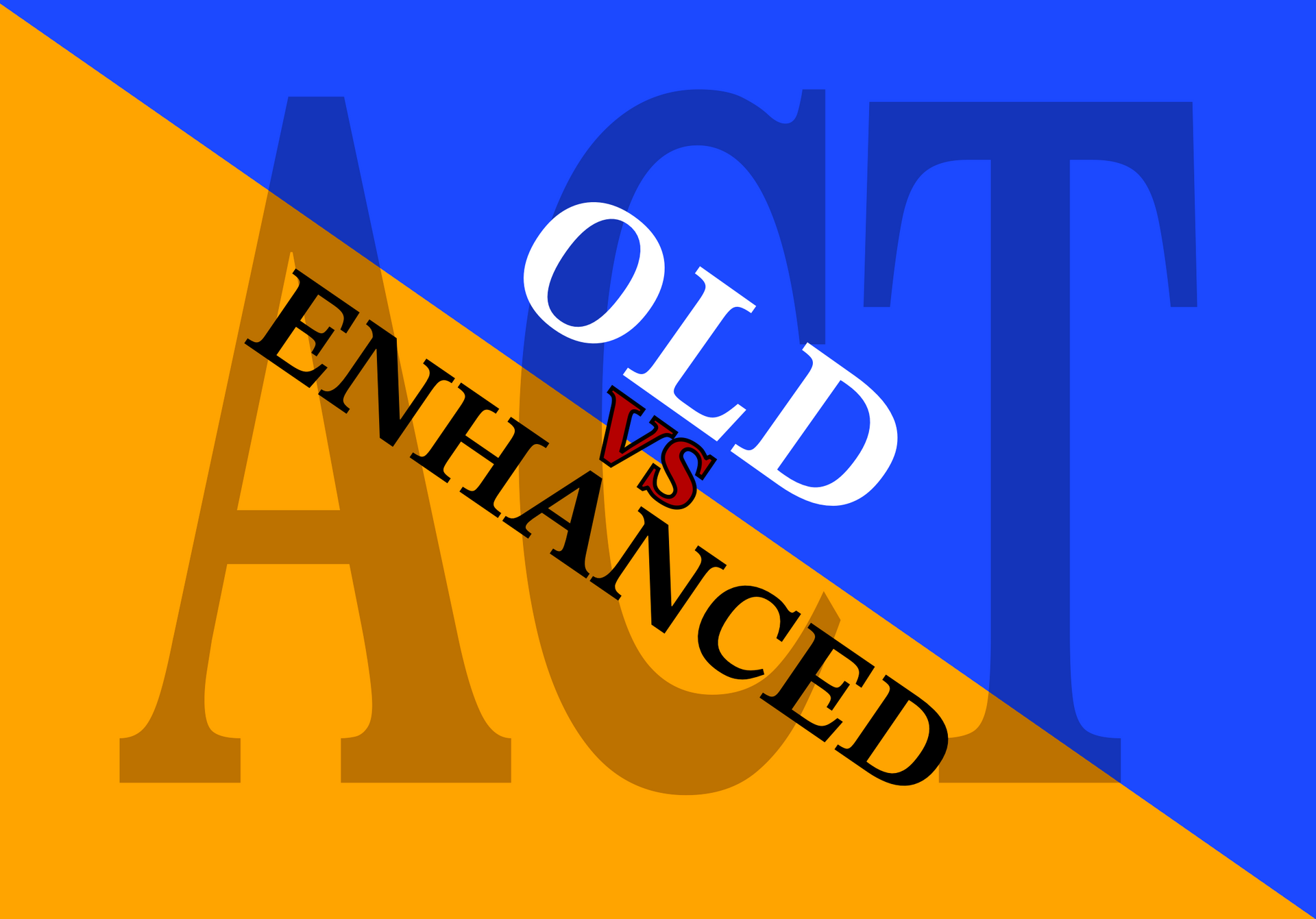Signs Your Child May Benefit From a Tutor
Jessica Guarasci • September 30, 2025
A Parent’s Guide to Knowing When It’s Time for Tutoring Help
As parents, we all want our children to feel confident and successful in school. Sometimes, though, even bright and hardworking students can fall behind or struggle with certain subjects. Below are key indicators your child might benefit from a tutor—and signs it’s time to act.
Common Signs Your Child Might Need Extra Help
Falling or Inconsistent Grades
If your child’s grades are dropping or fluctuating, it may mean they’re not fully understanding the material.
Homework is Always a Battle
If homework is taking too long, causing stress, or if your child needs a lot of help to get through it, tutoring could help things run more smoothly.
Loss of confidence or interest in school
If your child says things like “I’m just bad at this” or seems anxious or frustrated with school, they may feel overwhelmed or left behind.
Trouble Staying Organized
Forgetting assignments, losing worksheets, or missing deadlines could mean your child needs help with time management and study skills.
Acting Out or Zoning Out in Class
If your child used to enjoy school but now seems bored, distracted, or is having behavior issues, they might be struggling quietly.
Big Changes Coming Up
Moving to a new grade, harder subjects, or preparing for important tests can all be good times to get extra support.
How Tutoring Can Help
With one-on-one attention or small groups, a tutor can focus on your child’s unique learning needs and help explain things in a way that makes sense to them. Instead of just giving answers, tutors teach problem-solving skills and help students understand how to approach their work with confidence. They also help build strong study habits, time management, and organization skills that are important for long-term success.
Why Choose Homework Hub?
At Homework Hub, we work with students from Pre-K through College and Beyond in-person, online, or at your home. Our caring, experienced, and certified instructors will build your child’s confidence and help them succeed in school.
Our HwH program is designed to support your school district's curriculum. It focuses on what your child is already learning in school, helping to reinforce lessons and fill in any gaps so they don’t fall behind.
Our HwH+ program is designed for students who are below or above grade level and need individualized instruction. Curriculum is designed to supplement a child’s education, offering intervention and enrichment.
If you’ve noticed any of these signs or just want to give your child a boost, we’d love to help. Visit homeworkhubtutoring.com to learn more or get started today!

Deciding whether your child should take the ACT or SAT can feel overwhelming. Both are widely accepted by colleges, but the exams differ in format, pacing, and style. The right choice often depends on the way your child learns, how comfortable they are with technology, and where their academic strengths lie...

As a parent, it's normal to worry about the changes to college admissions tests that your child will face. The SAT transitioned to digital earlier this year, and now the ACT is set to receive an update in 2025. These shifts aim to make testing shorter and more flexible, which could help reduce some of the pressure on students during testing. The ACT and SAT both shared details about their updated tests, and we're here to break it down for you. What Parents Need to Know About the ACT The ACT is designed to give students more choices and a smoother experience. Here's a quick look at the key features: Test Format: Students can take it on paper or digitally, depending on what works best for them. Structure: It's straightforward – every student receives the same questions, ensuring fairness and predictability. Sections: English, Math, Reading, with Science as an optional add-on. Essay/Writing: Optional, and most colleges don't require it anyway. Total Test Time: About 2 hours and 5 minutes for the core sections, or 2 hours and 40 minutes if Science is included – shorter than the old version. Time Per Question (Average): English receives approximately 42 seconds, Math about 67 seconds, Reading 67 seconds, and Science 60 seconds, allowing kids a bit more time to think. Math Topics: Covers basics like pre-algebra, algebra I and II, geometry, coordinate geometry, trigonometry, and simple stats. Calculator Policy: Allowed for the whole Math section. Answer Choices: All multiple choice, with 4 options in Math. Scoring Scale: 1-36 for each section, and the composite score is the average of the three core sections. Test Dates: Seven national dates each year. Prep Carryover: If your child has studied for the old ACT, that work still counts. Key Details on the SAT The SAT has gone fully digital, which means students need to become more comfortable with testing on a screen. There were also a few minor changes to the test in general, so here's what stands out: Test Format: Digital only. Structure: Adaptive – the questions get harder or easier based on how the student does. Sections: Reading and Writing combined into one section, plus Math. Essay: No essay at all. Total Test Time: 2 hours and 14 minutes. Time Per Question (Average): About 71 seconds for Reading and Writing, and 95 seconds for Math. Math Topics: Includes algebra (like linear equations and systems), advanced math (quadratics, polynomials, exponentials), data analysis (ratios, graphs, percentages), and geometry/trig (area, angles, circles, volume). Calculator Policy: Allowed for all of Math. Answer Choices: Mostly multiple choice, but some questions ask for student-produced answers. Scoring Scale: 200-800 per section, with a total out of 1600. Test Dates: National dates, plus some schools offer it during the school day. Prep Carryover: The digital and adaptive setup means you'll likely need new study plans. How the Formats Are Changing Both tests are trying to make things easier on students by cutting down on length and complexity, making it more straightforward for students. For the ACT, Science is now optional, just like the Essay. This changes the core sections to English, Math, and Reading, with fewer questions overall, shorter reading passages, and four choices for Math answers. The SAT combines Reading and Writing, skips the essay, and uses an adaptive system that adjusts to the student's performance, which could play to their strengths or add extra challenge. Timing Updates ACT: Core test is 2 hours and 5 minutes, or 2 hours and 40 minutes with Science. Students get more time per question (42-67 seconds), which might help those who work at a steady pace. SAT: Total of 2 hours and 14 minutes, with 71-95 seconds per question. It's a consistent flow, but digital skills are a must. What Hasn't Changed ACT: Still offers paper or digital, non-adaptive questions, and the 1-36 scoring. SAT: Digital format with the 200-800 per section (1600 total) scoring. Comparing the New ACT and SAT The ACT and SAT are now closer in duration because of the ACT's shorter reading passages and questions. This provides a more predictable pace, easing time pressure for students who may struggle under pressure. In contrast, the SAT's adaptive format adjusts question difficulty based on performance, which can challenge high-achievers but may unsettle those who struggle with unpredictability. The ACT's optional Science section and linear, non-adaptive structure cater to students who excel in consistent settings or need to showcase science skills for specific college programs, such as engineering. On the other hand, the SAT's fixed, essay-free digital format demands comfort with technology and adaptability, making it critical to align your child's strengths and college goals with the test that best suits them. Test Dates to Keep in Mind ACT: Seven national dates yearly for plenty of chances. SAT: National dates plus school-day options in some places. Making Use of Old Prep ACT: Existing study materials and practice still work well. SAT: These changes mean your student will need updated resources for the new digital adaptive format. Advice Based on Your Child's Grade 12th Graders (Class of 2026): These updates probably won't affect you, as testing wraps up before they roll out. 11th Graders (Class of 2027): You can test both versions; stick to your current prep schedule. 10th Graders and Younger (Class of 2028+): There's time to try out both and see which one fits best for college applications. Why Test Scores Matter More Now Grade inflation has amplified since the COVID-19 pandemic, leading to higher GPAs across schools. This makes it harder for colleges to gauge a student’s true academic readiness from transcripts alone. Standardized tests like the ACT and SAT serve as a consistent benchmark, helping admissions teams fairly compare applicants from diverse backgrounds. Over 100 top colleges, including Harvard, MIT, and Stanford, require these scores for the 2025-2026 cycle, emphasizing their importance. Strong preparation for these exams is critical to help your child stand out in a competitive applicant pool. Working with a counselor or tutor can guide your child to excel in this evolving admissions landscape.








